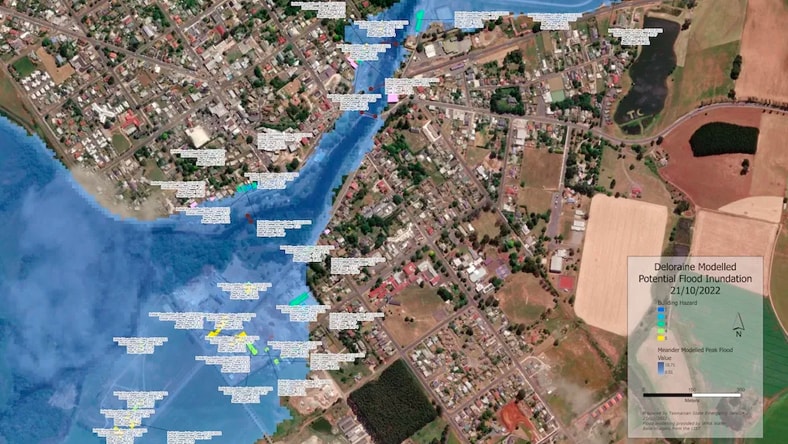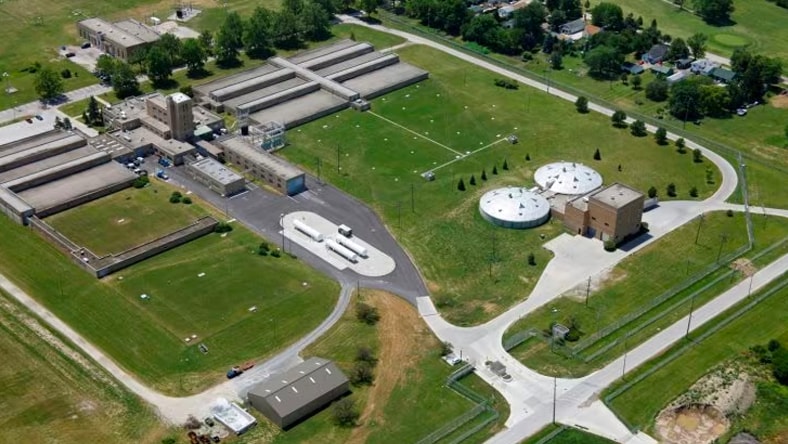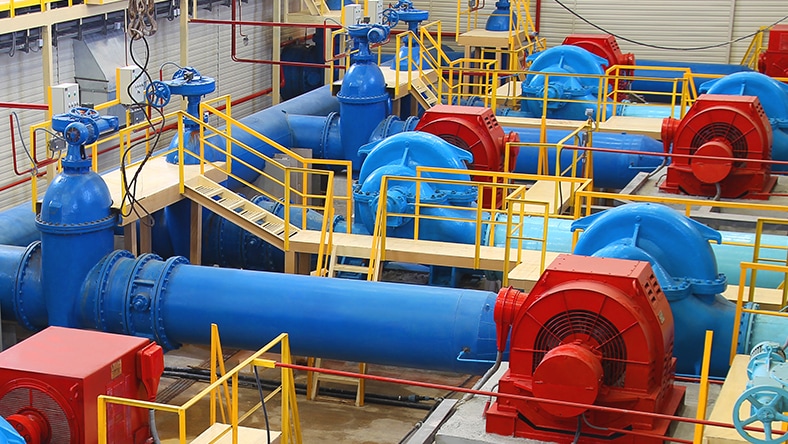How to buy
Privacy | Do not sell or share my personal information | Cookie preferences | Report noncompliance | Terms of use | © 2023 Autodesk Inc. All rights reserved

Digital twins for water utilities are virtual representations of physical water system assets that integrate data, models, and analytics to run simulations utilizing machine learning and artificial intelligence.

Digital twins are an important tool to help water utilities streamline operational and compliance challenges at scale through the use of cloud-based water analytics and monitoring software.

Digital twins work by integrating sensor data and models of water systems to simulate and predict performance under changing conditions which improves network management of facilities and water assets.
Monitor and analyze water assets with cloud-based monitoring.
Run simulations and analysis for asset repairs to reduce costs.
Manage procedures for faster resolution of operational incidents.
Visualize network data to meet regulatory requirements on reporting.

Scottish Canals used a digital twin to regulate water-storage capacity for flood mitigation.

SES Tasmania created a digital twin to model flood events and better prepare for emergencies.

Arcadis utilized cloud technology to oversee the modernization of a water treatment plant.

Stantec used Info360 Insight to help Wellington Water improve pump efficiency.
Learn more about digital twins for water utilities and how they can benefit workflows and projects with these resources from Autodesk.
Autodesk digital water solutions are helping teams manage the water systems of today, while also building the water infrastructure for tomorrow.
Dave Totman discusses the top 5 common problems facing utilities and reveals how digital transformation is helping to solve tomorrow's challenges today.
Digital twins have broader use cases that integrate real-time data from a built asset with its digital representation to create value and insights across the project lifecycle.
Technology solutions can help to improve the water resilience of infrastructure in response to floods, hurricanes, droughts, and other weather events caused by climate change.
Webinar outlining how water utilities can create impactful change by implementing digital twin technology,
Autodesk experts and customers prepare Australian water infrastructure for the 2032 Olympics with digital twin solutions for stormwater networks.
Water digitalization describes the use of digital technologies to improve water management and operations. It can help utilities become more resilient, innovative, efficient, and sustainable. This includes the use of technologies such as sensor and data analytics, artificial intelligence simulations, digital twins, and smart meters and mobile apps.
Digital twins solve various problems for water utilities, such as:
Water digital twins can improve productivity by:
Other emerging technology in the water utility sector that is aiding in the digital transformation includes:
Some considerations when adopting digital twins in water utility management are: